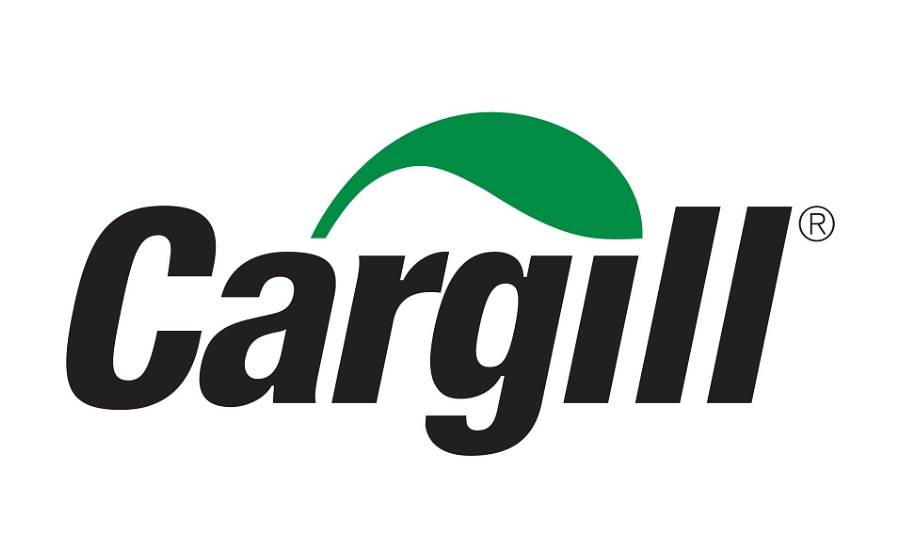Cargill has announced that it will break ground in June on the construction of a state-of-the-art pectin plant in Bebedouro, Brazil, with a completion date by end of 2021. It will produce HM pectin, a versatile texturizing agent derived from citrus fruits to help meet the growing and global demand for label-friendly pectins for fruit preparations, dairy, confectionery and bakery food applications.
“Consumers want ingredients in their foods they recognize. Pectin a nature-derived texturizer with superior functionality helps to meet these needs.” states Judd Hoffman, Cargill’s texturizers segment leader of Starches, Sweeteners and Texturizers. “The investment in Brazil in combination with our European pectin facilities illustrates our commitment to customers around the globe to provide innovative and label-friendly solutions.”
Hoffman continues, “Adding a new plant in Brazil is part of our comprehensive pectin strategy. By growing our pectin footprint and investing in our plants in Europe (France, Germany and Italy), we aim to meet the growing demand for label-friendly ingredients. In this context we are also announcing the modernization of our pectin plant in Redon (France).”
The Bebedouro location (Brazil) is in the center of the citrus region, offering an abundant supply of fresh peels needed to produce HM pectin. The construction of the new unit will begin in the first half of 2019 and expected to be completed by end of 2021. It is expected to add 120 new direct jobs in the production and support areas.
"With a cost-competitive structure based on innovative production processes, the new plant only further strengthens Cargill's commitment to Brazil's growth," says Laerte Moraes, Cargill's managing director of Starches, Sweeteners and Texturizers in South America. "The new plant represents an investment of approximately US$150 million. This will not only open global market possibilities for our pectin business but also boost the innovation of our portfolio and offers the option to expand our high-end pectin offering for the European markets.”







